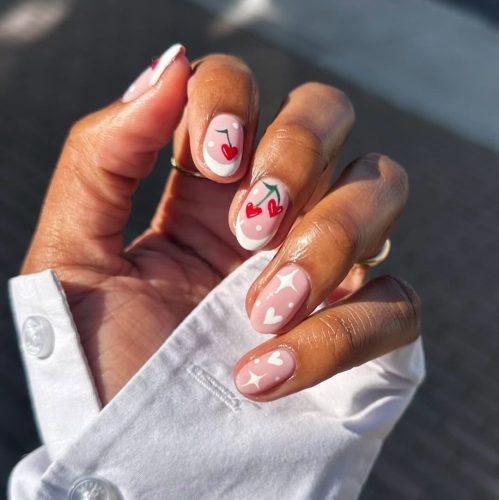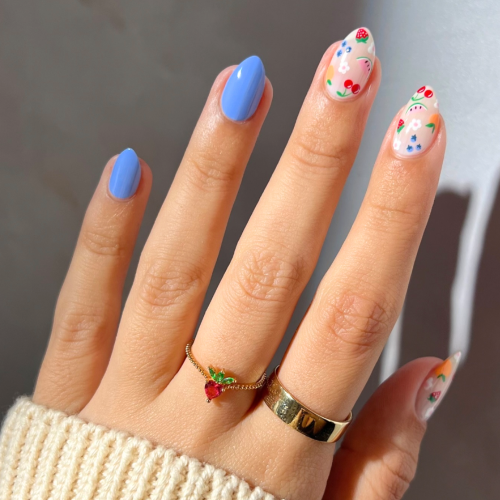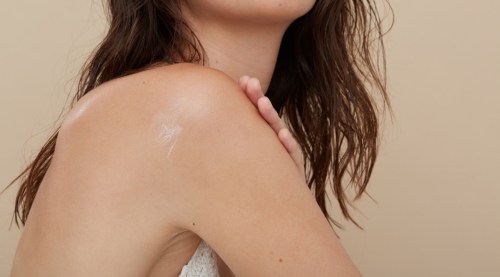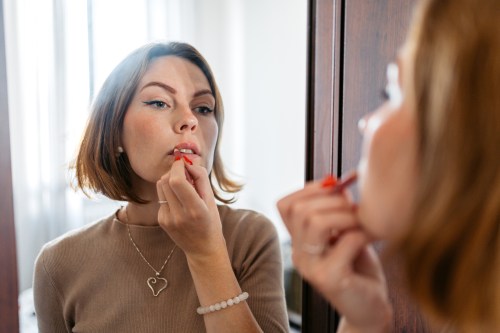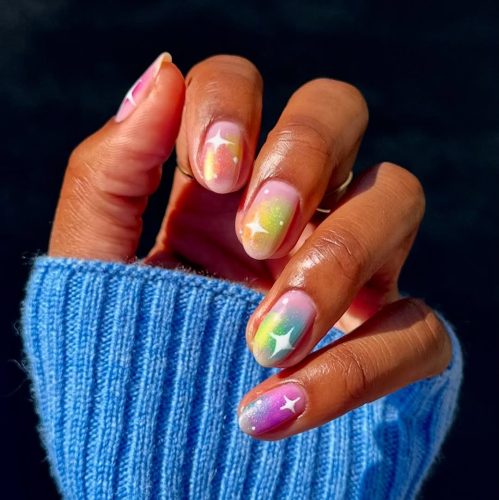The future of beauty is sustainable—and consumers won’t have it any other way
In 2020, expect to see sustainable beauty take a whole new level. Going forward, beauty brands must take a 360-degree approach to product footprint.

The personal care industry produces about 120 billion packages every year, a staggering number that has consumers demanding change. According to 2019 Nielsen data, 73 percent of consumers say they want to reduce their impact on the environment, and 38 percent prefer buying beauty products that are sustainable. “Sustainability is really top of mind for people,” says Annie Jackson, co-founder of Credo Beauty. “People are looking for more sustainable manufacturers, sustainable packaging, and they want to understand the materials brands are using.” Beauty brands have gotten hip to the fact that if they’re going to thrive in the next decade, they’re going to need to put sustainability first—and that these changes need to go deeper than the packaging.
But cleaning up their act will start with the packaging, and on this front, we’re going to see brands get more creative than ever in 2020. By 2025, Unilever plans to make all of its plastic packaging fully reusable, recyclable, or compostable. Dove, a drugstore staple and one of Unilever’s top brands, has already switched to fully recycled plastic bottles, and plans on being completely plastic-free by the end of 2020, with reusable, refillable, and stainless steel deodorant sticks in the pipeline. Another huge player, Procter & Gamble, is also prioritizing sustainability–Herbal Essences now produces 25 percent of its shampoo and conditioner bottles with ocean plastic, which they’ve collected and recycled from littered coasts. And then there’s Seed Phytonutrients, a personal care brand under the L’Oréal Paris umbrella, that reduces the use of plastic in its packaging by using thin plastic shells (much thinner than your typical shampoo bottle) protected by an outer layer of recycled paper.
Perhaps one of the most progressive moves towards sustainability in 2020 will be the rise of refillable beauty products. “When you think about the old phrase ‘reduce, reuse, recycle,’ reuse is a key component,” says Stuart Landesberg, co-founder and CEO of Grove Collaborative, an online hub for eco-friendly personal care products. “If packaging can be reused, there will be a huge reduction in the amount of waste that’s created. This is going to be a big part of the future.”
“If packaging can be reused, there will be a huge reduction in the amount of waste that’s created. This is going to be a big part of the future.” —Stuart Landesberg
Luxury brands like Dior are leaning into this enviro-friendly model––the brand recently revealed at a LVMH sustainability panel that all of its new perfume products will be refillable by 2020. L’Oréal Paris also plans to make 100 percent of its packaging reusable, refillable, or compostable by 2025. Meanwhile, Procter & Gamble brand Olay is the first major mass retail line to actively test refillable jars for its top-selling moisturizer.
Beyond packaging, expect to see beauty brands going waterless and becoming more conscious of using ingredients that are planet-friendly in the coming year and beyond. Water is a limited resource—the World Wildlife Fund found that by 2025, two-thirds of the global population could face water shortages––and many beauty players recognize they must reduce their consumption levels. In fact, trend forecasting company WGSN called waterless beauty the future of skin care in its report called Spotting the Beauty Trends and Markets in 2020.
There are two ways that a beauty brand can reduce its water consumption: One is removing water from its product formulations altogether, and the other is reducing the amount of water used in manufacturing. This can best be seen in Unilever’s 2017 launch of Love Beauty Planet, which has products that require less water to wash them off, and next year, they’ll launch shampoo concentrates that use less water in their formulas and feature smaller bottles (which reduces the plastic by 30 percent). Unilever writ large, meanwhile, has pledged to reduce its use of water in production by half in 2020.
Retailers are also paying closer attention to the sustainability of brands they carry—and will continue to do so over the course of 2020. Megastores Walmart and Target joined forces in 2017 to create scorecards to rank products on their sustainability practices, including manufacturing, sourcing, and packaging. “Lately we’ve heard from customers that, like the food they put on their tables and the products they use in their homes, they care about beauty products that are better for them and are more sustainable,” says Kevin Gardner, senior director at Walmart Corporate Communications. “We will continue to expand on our commitment to offer more environmentally-friendly skin-care products for customers to choose from.”
In 2019, Target introduced its wellness icon initiative, which allows shoppers to easily identify key attributes of products stocked in-store and online, using labels that call out 14 different qualities, including whether a product is cruelty-free or biodegradable. And in the fall, Sephora’s Chief People Officer Karalyn Smith announced that the retailer’s accelerator program—composed of budding female beauty entrepreneurs—focuses on sustainability as a core component for brand success. “Every brand that we incubate now goes through a class about how they can work to make their brand even more sustainable and eco-friendly,” she said.
“We’re at the very tip of the iceberg on most, if not every, sustainability issue,” says Landesburg. “For the first time, we’ve got a lot of the smartest people in the industry focused on sustainability, and we’ve got resources funding innovation.” With the Earth’s resources being depleted at a catastrophic rate, we can only hope that other major retail industries will follow beauty’s lead.
But wait, there’s more! Click here to read the rest of our 2020 Wellness Trends predictions.
Sign Up for Our Daily Newsletter
Get all the latest in wellness, trends, food, fitness, beauty, and more delivered right to your inbox.
Got it, you've been added to our email list.
